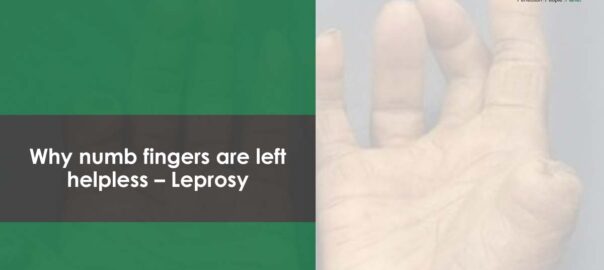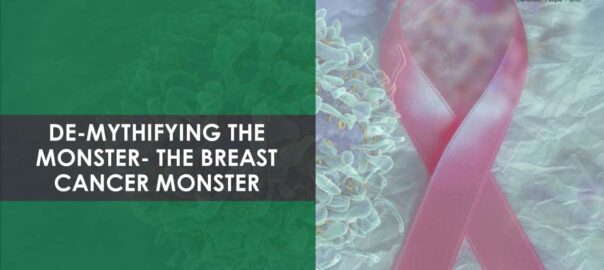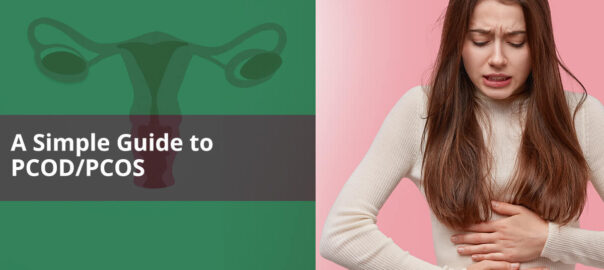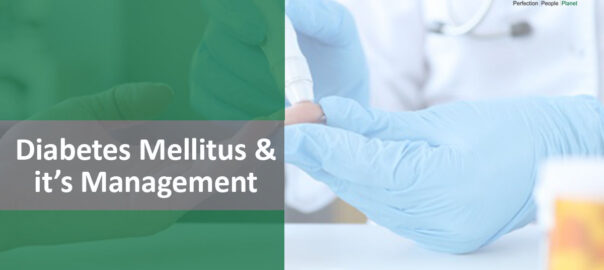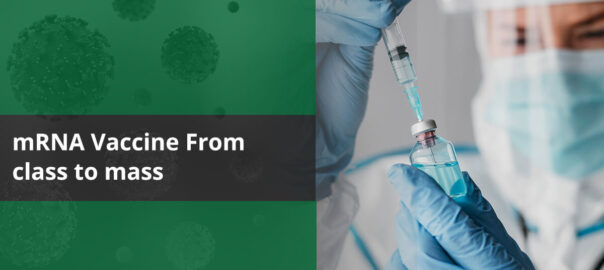What is artificial intelligence (AI)?
As per the Merriam Webster dictionary, AI is “the capability of a machine to imitate intelligent human behavior”.
The recently released proposal for a REGULATION OF THE EUROPEAN PARLIAMENT AND OF THE COUNCIL LAYING DOWN HARMONISED RULES ON ARTIFICIAL INTELLIGENCE (ARTIFICIAL INTELLIGENCE ACT) AND AMENDING CERTAIN UNION LEGISLATIVE ACTS defines AI system as a “software that is developed with one or more of the techniques and approaches that can, for a given set of human-defined objectives, generate outputs such as content, predictions, recommendations, or decisions influencing the environments they interact with”. According to this document, AI techniques and approaches include the following1:
(a) Machine learning approaches, including supervised, unsupervised and reinforcement learning, using a wide variety of methods including deep learning;
(b)Logic- and knowledge-based approaches, including knowledge representation, inductive (logic) programming, knowledge bases, inference and deductive engines, (symbolic) reasoning and expert systems;
(c)Statistical approaches, Bayesian estimation, search, and optimization methods;
Birth of AI into the Healthcare Field
Changes Brought by AI in the Medical Device Field
AI has brought about many revelations in healthcare field. It would be difficult to sum it all up in one blog hence we would be looking into some of the changes brought by AI into healthcare.
So, what do you think about an automatic blood pressure monitor at your homes? Well, yes, that is a change brought out by AI since it mimics the activity of a trained physician in detecting the sounds that are generated when a blood pressure cuff changes the flow of blood through the artery and in reporting the diastolic and systolic blood pressure measurements3.
Many such devices are available in the market that does not require a physician nearby, instead you can work on it by yourself.
And now companies are equipping themselves with machine learning to monitor patients using sensors and automate delivery of treatment using connected automated mobile apps. Ex: Medtronic launched the MiniMed 670G system, which is AI trained on algorithms that help to self-adjust insulin delivery once we feed the amount of insulin required for a given time 4.
So, as AI integrated medical devices are slowly becoming part of our lifestyles, shouldn’t the safety concerns around it be more stringent.
Regulations around AI integrated medical devices
An AI/ML screening tool for the eye disease occurring due to diabetic retinopathy, was cleared (in 2018) to aid in diagnostic decision by the FDA. It was cleared since it was a tool which was based on a ‘locked’ algorithm, which means that they don’t evolve over time and do not require new data to alter their performance. It is important that regulators follow stringent rules regarding software as a medical device using AI or machine learning (ML) so that they do not provide approval based on an already existing algorithm5.
As per a recent (2020) article published in the Nature, regulators must not restrict their evaluation to the AI/ML-based medical devices only but also assess the entire systems associated with it, for approval. The key things that should be done to attain a full system approach include5:
a) Collecting entire data such as current regulatory and legal mandate information, reimbursement decision of insurers, data quality of any third-party providers, any ML algorithms developed by third parties etc.
b) Issuing a limited authorization which would track factors discussed above
c) Seeking approval from a specific hospital, with specific trained and authorized users, and
d) Obtaining detailed hospital level information such as how the AI/ML-based medical device software is integrated into the workflow and staffing levels, the practice style and training of the physician, etc.
As for European Union is concerned, it is planning to tighten its regulations regarding AI by implying additional requirements on the use of AI in medtech along with heavy fines for those companies that fail to adhere to the EU requirements on AI. An official from the European Commission’s health group stated that “An AI medical device… would be now more secure, in the sense that it will also be complying with the MDR obligations and in addition those aspects of AI that could be creating some worries and some concerns would be handled by the new AI regulations. So, the two would be ensuring that the system is secure and trustworthy and so on6.”
Since AI is a vast and rapidly evolving topic, stay tuned to reading more about in our upcoming blogs/posts. Also, if you find our blogs to be interesting and you want to take the next step in advancing your knowledge on EU MDR and CER, consider our CER training class. Our experts are also available to help you with end-to-end CER development and gap analysis. Please contact us at [email protected]
References:
1) Proposal for a Regulation of the European Parliament and of the Council LAYING DOWN HARMONISED RULES ON ARTIFICIAL INTELLIGENCE (ARTIFICIAL INTELLIGENCE ACT) AND AMENDING CERTAIN UNION LEGISLATIVE ACTS. https://eur-lex.europa.eu/legal-content/EN/TXT/?qid=1623335154975&uri=CELEX%3A52021PC0206
2) Demystifying AI in Healthcare: Historical Perspectives and Current Considerations. https://www.physicianleaders.org/news/demystifying-ai-in-healthcare-historical-perspectives-and-current-considerations
3) Machine Learning AI in Medical Devices: Adapting Regulatory Frameworks and Standards to Ensure Safety and Performance. https://www.ethos.co.im/wp-content/uploads/2020/11/MACHINE-LEARNING-AI-IN-MEDICAL-DEVICES-ADAPTING-REGULATORY-FRAMEWORKS-AND-STANDARDS-TO-ENSURE-SAFETY-AND-PERFORMANCE-2020-AAMI-and-BSI.pdf
4)https://emerj.com/ai-sector-overviews/ai-medical-devices-three-emerging-industry-applications/
5)https://www.nature.com/articles/s41746-020-0262-2#Sec4
6)https://www.medtechdive.com/news/eu-plans-to-impose-additional-regulations-on-medtech-ai-products-other-hi/600022/


